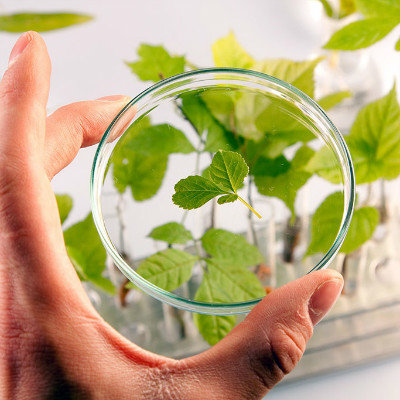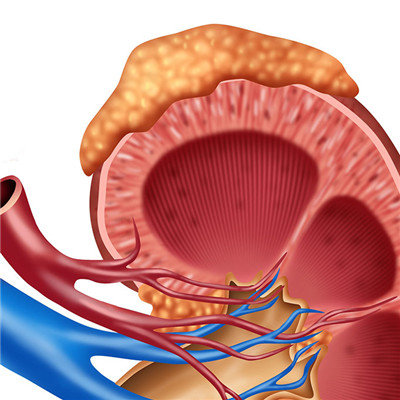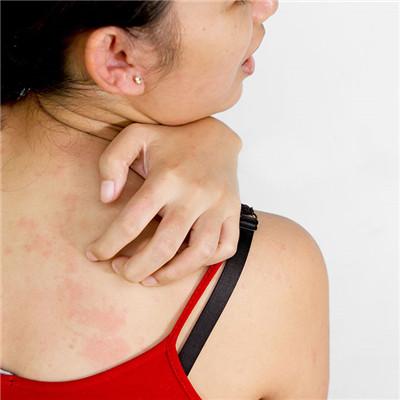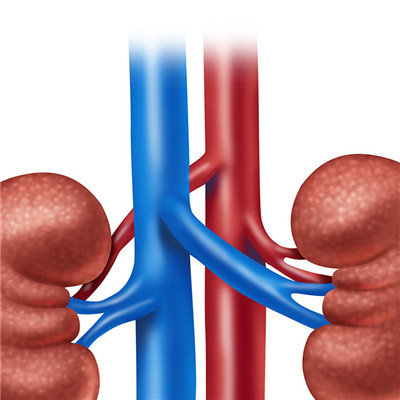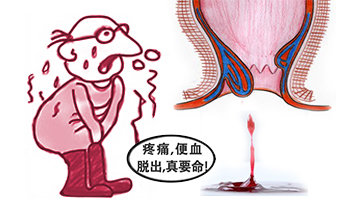What symptom is infection after local burn?
summary
After burn, the skin, as a natural barrier against the invasion of microorganisms, is destroyed, resulting in bacterial infection. The common bacteria are Staphylococcus aureus, Pseudomonas aeruginosa, Citrobacter freundii, nitrate negative bacilli and other intestinal negative bacilli. Severe burns may also cause toxic bacteria, anaerobic bacteria and virus infection. What symptom is infection after local burn? Let's talk about it
What symptom is infection after local burn?
(1) Different bacterial infection can produce different changes. Staphylococcus aureus infection is light yellow sticky secretion; Hemolytic streptococcus infection was light brown thin secretion; Pseudomonas aeruginosa infection was green or blue-green sticky secretion with sweet smell; Anaerobic bacteria infection can smell fecal odor.

(2) There are dark gray or black necrotic spots on the wound surface, such as those infected by gram-negative bacilli( 3) Bacterial invasion of deep blood vessels leads to ischemic necrosis, wound deepening and delayed wound healing.

(4) The early deliquescence and shedding of eschar or insect bite like changes indicate the occurrence of local infection( 5) The gray spots on the eschar or eschar wound mostly indicate fungal infection. The spots developed rapidly to the wound surface and fused into flaky villi. The surface color gradually became obvious, showing gray white, light green, light yellow or brown, and a thin layer of powder appeared on the wound after a few days.

matters needing attention
Malnutrition, low immune function and infection usually exist simultaneously in patients with large area burn, which are mutually causal. The results showed that the conditioning index, serum total protein, transferrin, C3 and IgG levels of the high protein treatment group were higher than those of the control group with sufficient heat supply. Strengthening nutrition and maintaining positive nitrogen balance can significantly reduce the incidence and mortality of invasive infection.




